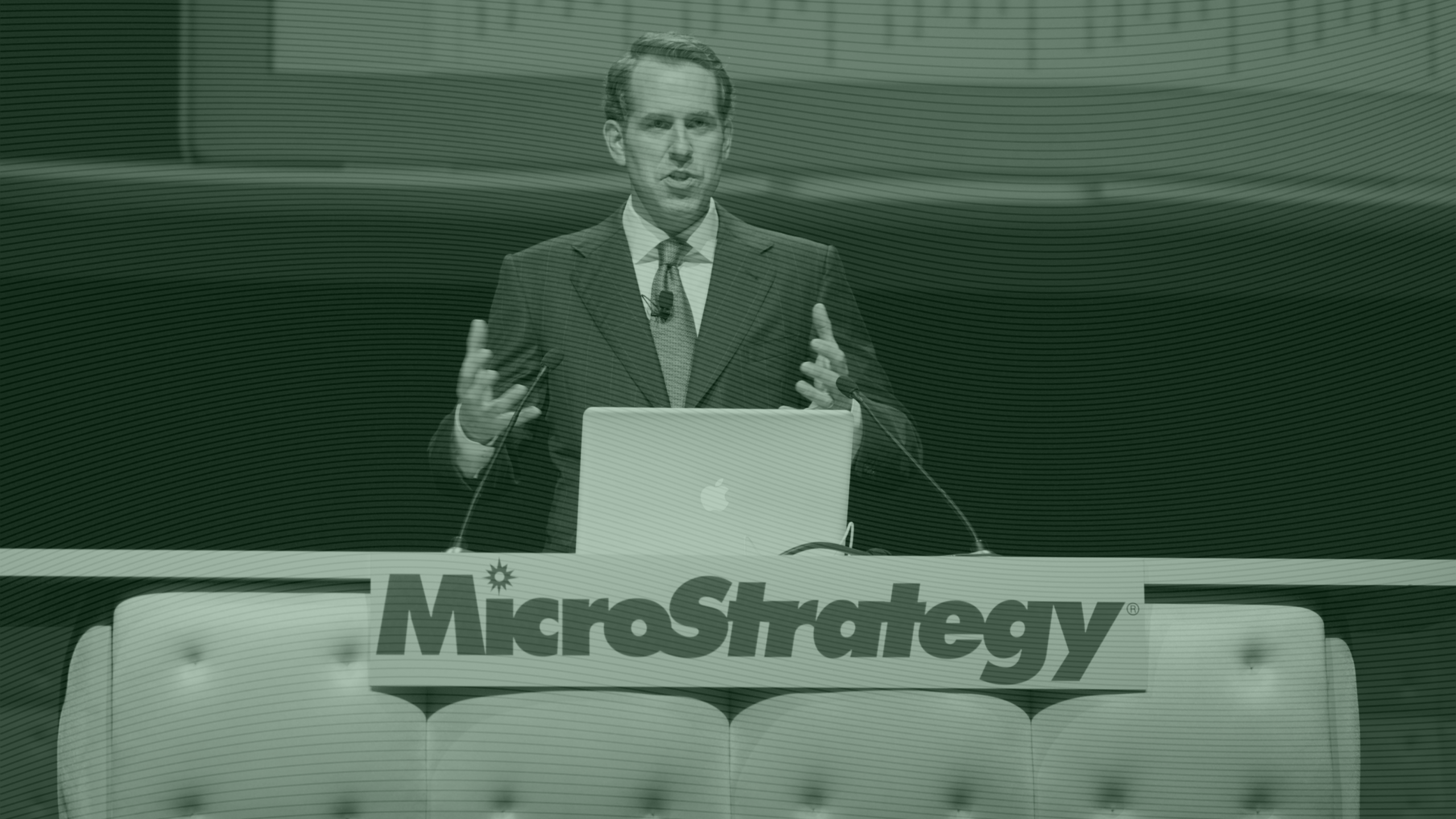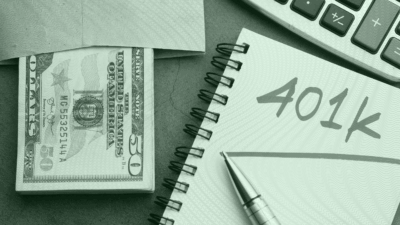This ETF Is the Most Volatile in the US
A new exchange-traded fund that tracks a stock closely correlated to Bitcoin has just become the most volatile in the US.
Sign up for market insights, wealth management practice essentials and industry updates.
Ladies and gentlemen, start your engines.
A new exchange-traded fund that tracks a stock closely correlated to Bitcoin has just become the most volatile in the US. The $1.4 billion asset manager Defiance has launched the first leveraged, single-stock ETF that tracks the business software company MicroStrategy, which owns approximately 214,400 Bitcoin with a market value of around $15.22 billion, according to a company release. When Bitcoin advances, MSTX soars.
The massive Bitcoin stake also makes it anything but steady. MicroStrategy now has a 90-day volatility of about 97%, making it the most volatile stock on the market, and trumping other heavily traded names like Tesla (66%) and Nvidia (63%), according to a Bloomberg analysis. For comparison, the tried and true SPY, one of the largest and most heavily-traded funds in the world, clocks in at 14%.
“There should be a strong sense of urgency to check positions daily,” Defiance CEO Sylvia Jablonski told The Daily Upside. “This is a speed boat, not a canoe.”
Defy Gravity
With a targeted daily exposure of 175%, MSTX has quickly become one of the most popular leveraged launches to date. But it’s far from the only leveraged ETF going long or short on an individual equity to have quickly gained steam this year. Some funds have seen scorching returns, including products from GraniteShares and Direxion that are both long Nvidia and up 351% and 292%, respectively, year-to-date, according to VettaFi data. Others, not so much.
“We look at stocks that did not have levered products on them,” Jablonski said. “We were first-movers in a space where there’s innovation and investor appetite.” That hunger is expected to grow, according to industry data:
- There are 191 leveraged exchange-traded products traded in the US, with total assets under management estimated at almost $110 billion.
- The average expense ratio for leveraged ETFs hit 1%, which is handily more costly than traditional passive products.
Disclose This. To be sure, these products are not recommended for long-term use, and usually come with disclosures in big block letters on the prospectus’s first page that discourage investors from holding them longer than 24 to 48 hours. While they’re available to all classes of investors, they often get the most use from day traders, Jablonski said. In other words, they’re not your parents’ index fund — and weren’t designed to be.
“$MSTX saw $22m in volume today, which may be a Day One record for a leveraged ETF,” Bloomberg Intelligence analyst Eric Balchunas wrote in a post on X. “What a country.”












